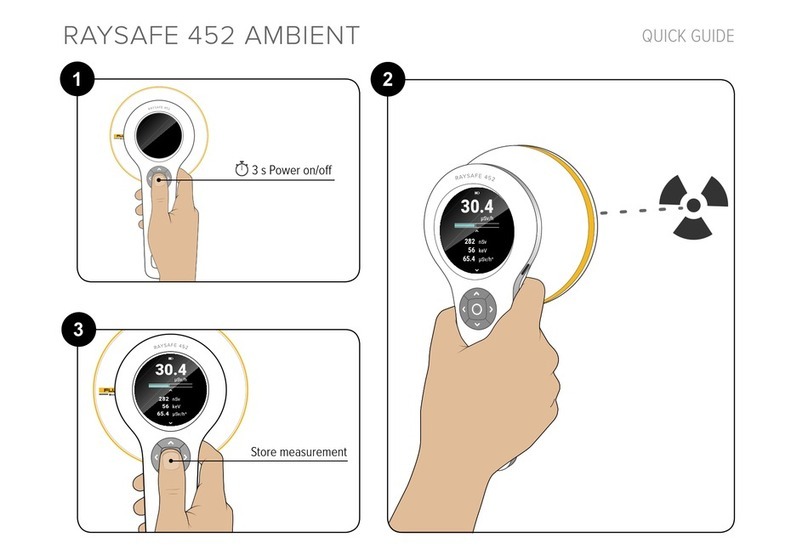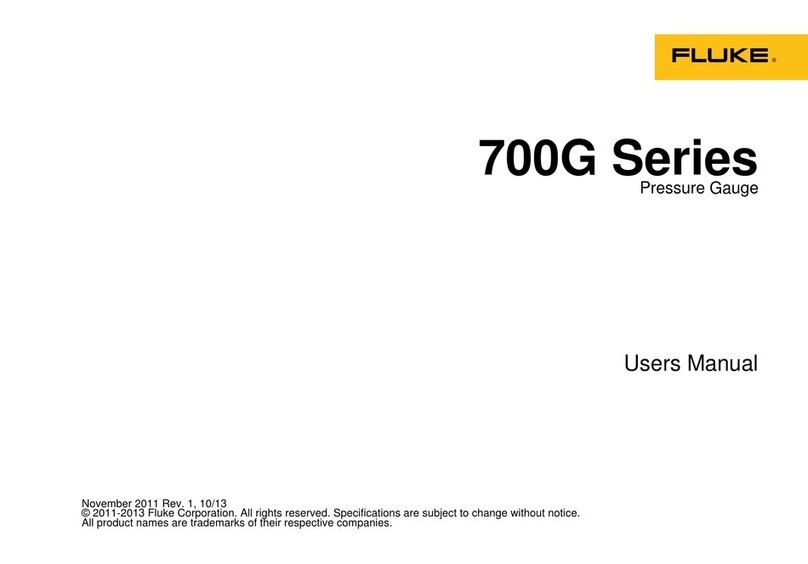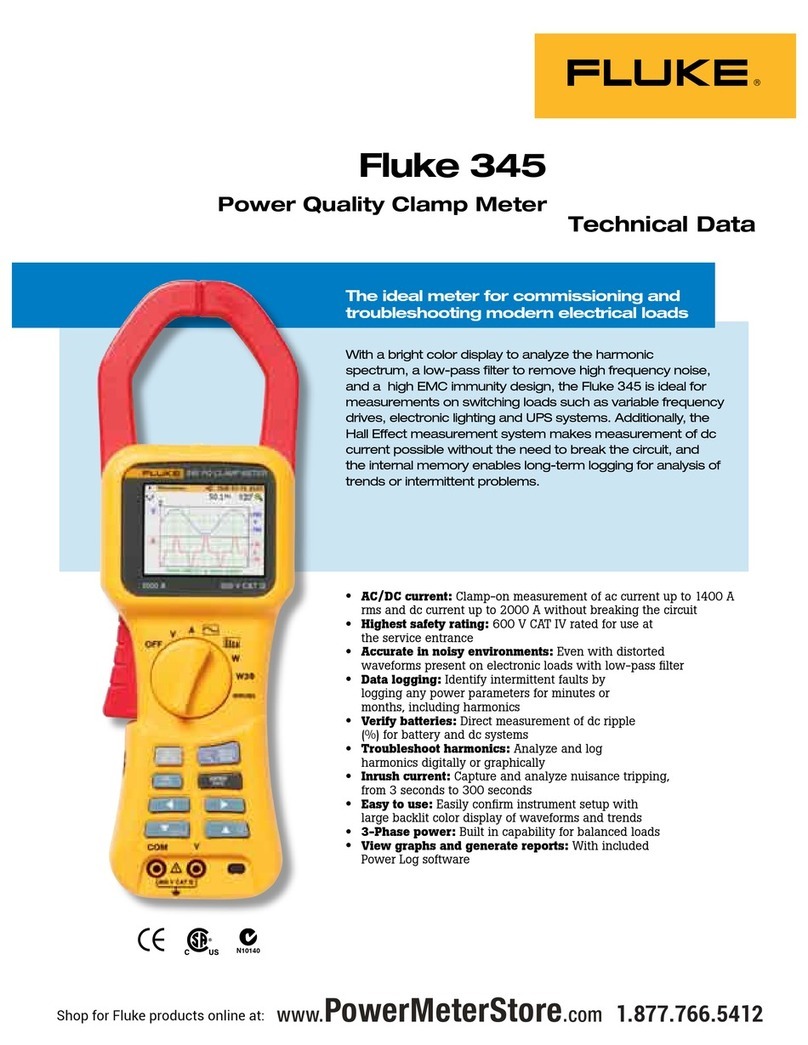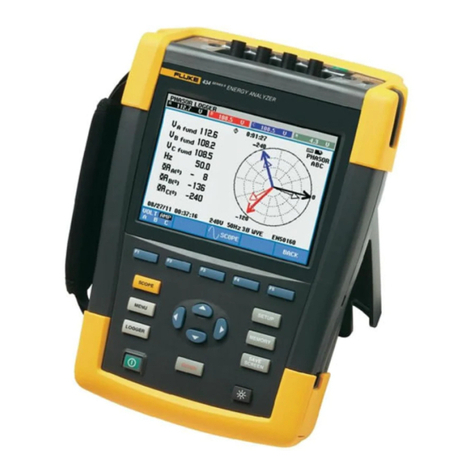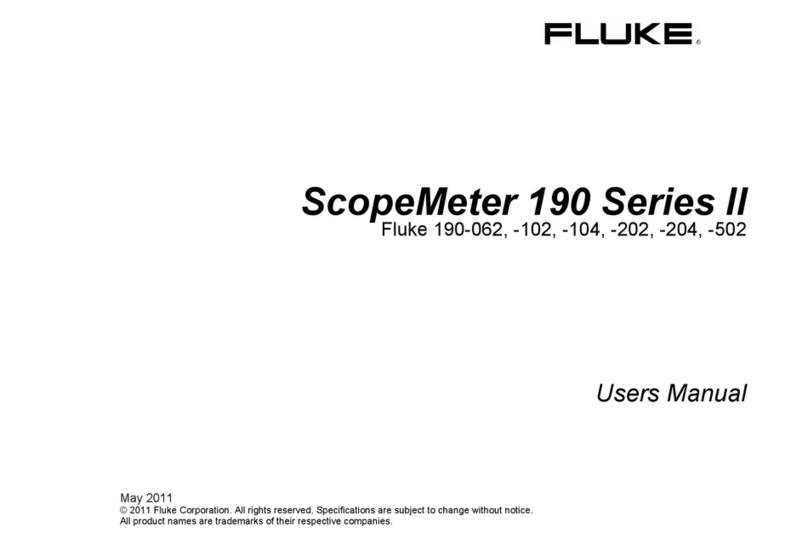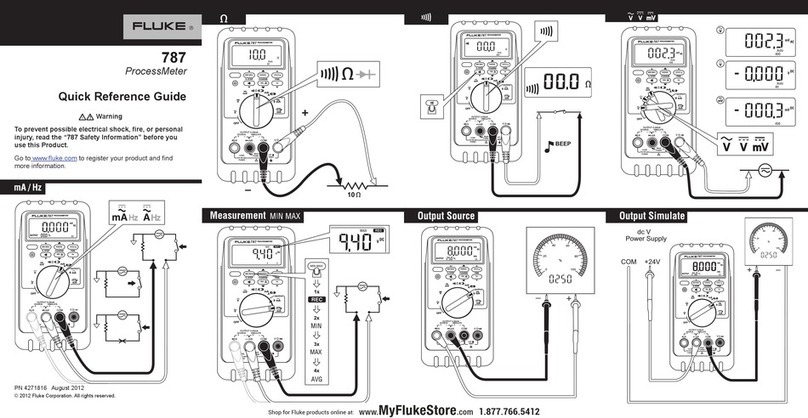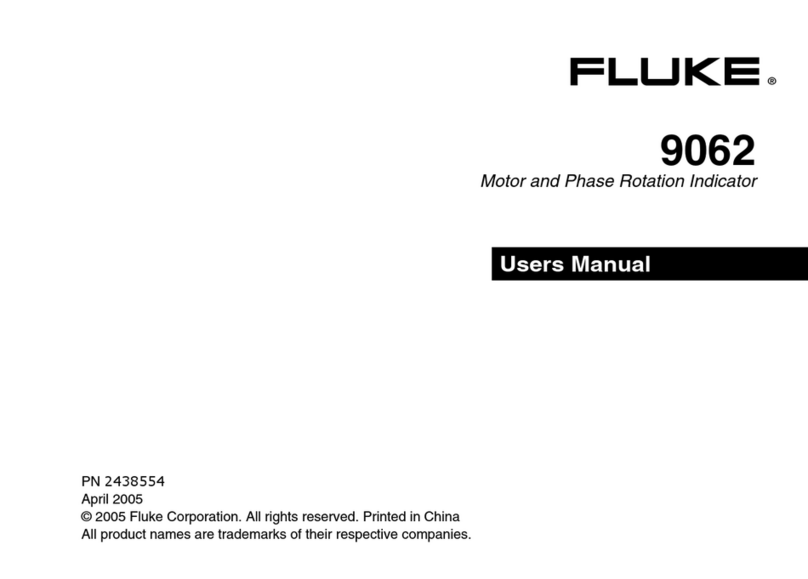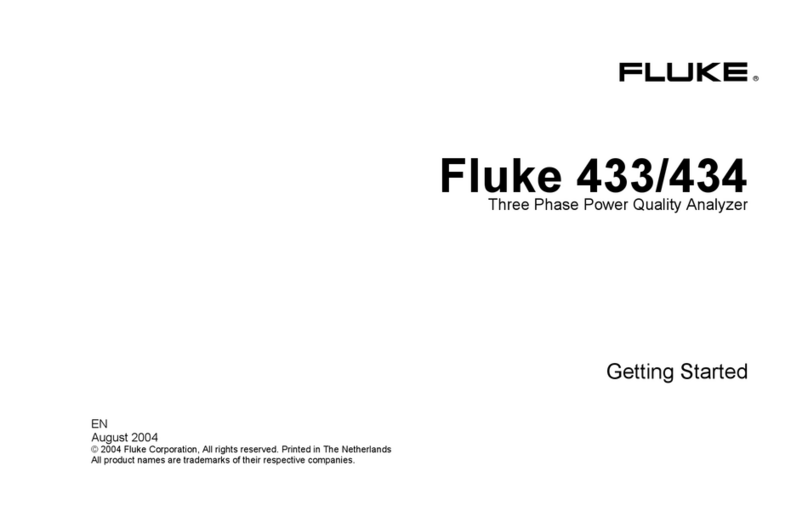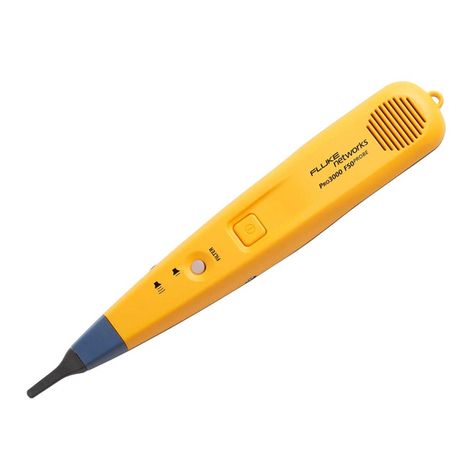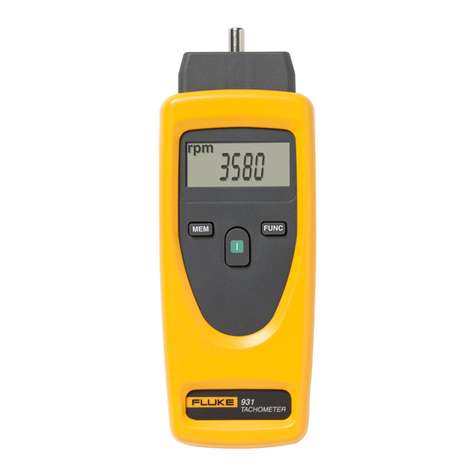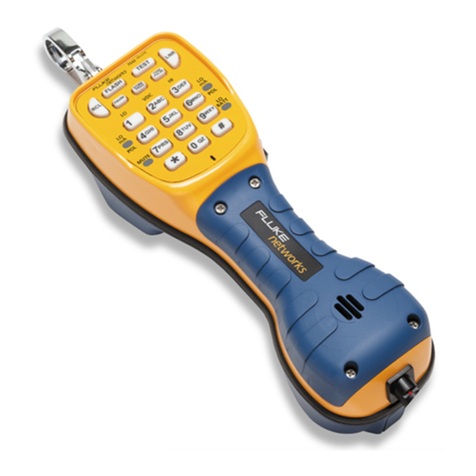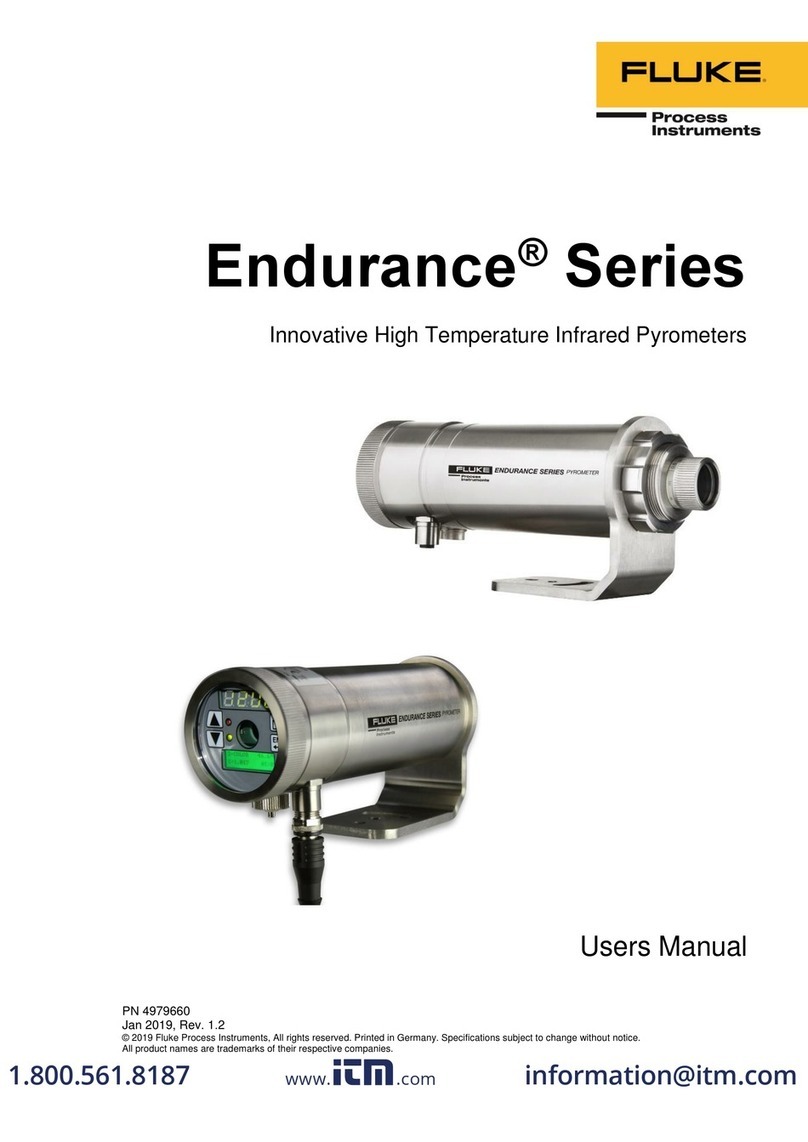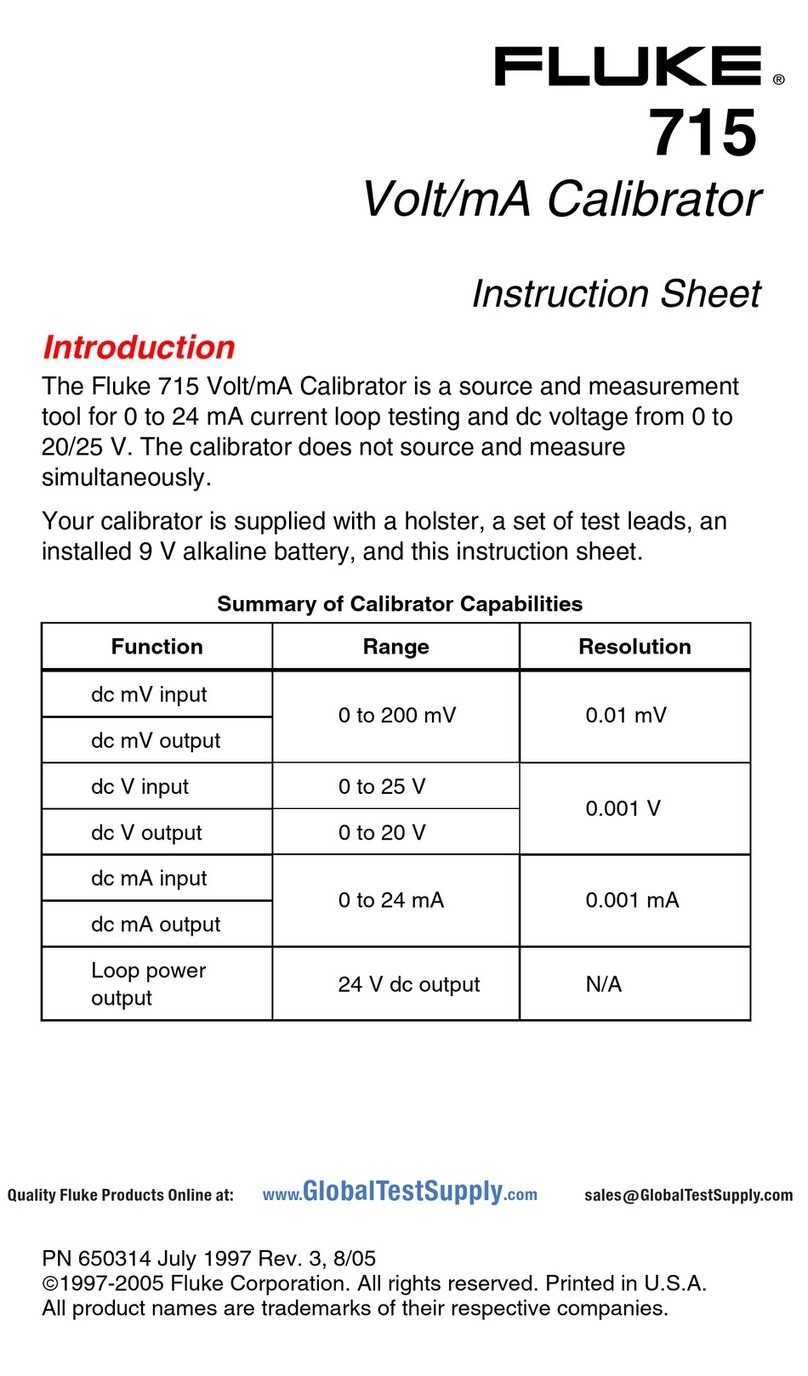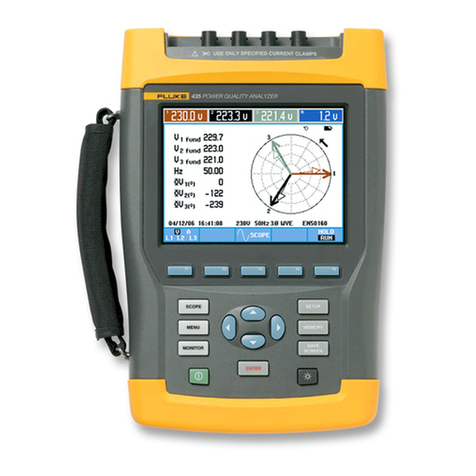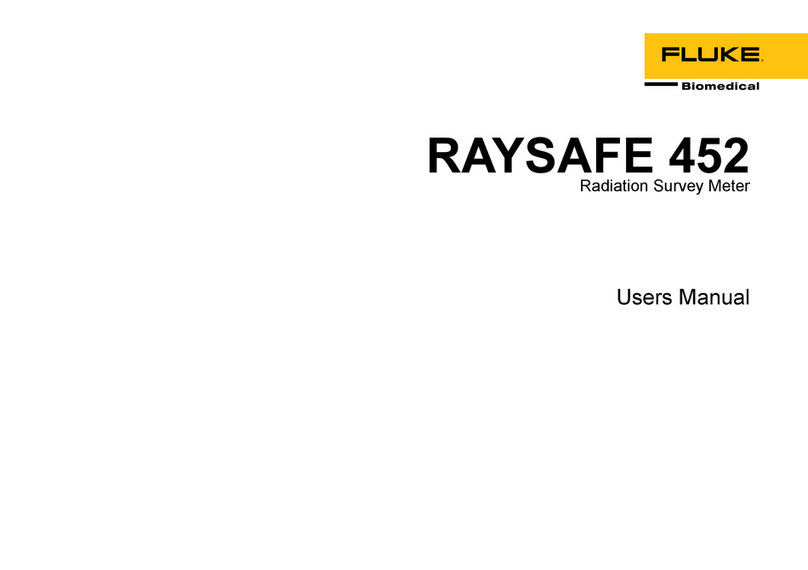
VT Plus HF
Operators Manual
viii
Contents
Notices................................................................................................................................. i
All Rights Reserved............................................................................................... i
Restrictions and Liabilities ..................................................................................... i
Claims ................................................................................................................... i
Certification............................................................................................................ i
Obtaining Assistance............................................................................................. i
Manufacturing Location ......................................................................................... i
Safety Considerations..........................................................................................................ii
Warnings and Cautions .........................................................................................ii
Applicable Testing Standards .............................................................................................iv
Safety Requirements ............................................................................................iv
Electromagnetic Interference and Susceptibility ................................................... v
EC Directive 89/336/EEC Electromagnetic Compatibility .....................................vi
EC Directive 73/23/EEC Low Voltage (User Safety).............................................vi
Warranty ............................................................................................................................vii
Warranty Disclaimer...........................................................................................................vii
Contents ........................................................................................................................... viii
1 Overview
Introducing the VT PLUS HF ........................................................................................... 1-1
Optional Accessories ....................................................................................................... 1-2
Theory of Operation......................................................................................................... 1-2
Pressure Measurements ................................................................................... 1-2
Oxygen Measurements ..................................................................................... 1-4
Flow Measurements .......................................................................................... 1-4
Breath Detection................................................................................................ 1-6
Calculated Parameters ...................................................................................... 1-8
About This Manual........................................................................................................... 1-9
2 Installation
Unpacking and Inspection................................................................................................ 2-1
Connecting the VT PLUS HF........................................................................................... 2-2
Pneumatic Connections..................................................................................... 2-2
Quick Installation/Operations Guide .................................................................. 2-3
Bi-directional Flow Mode ................................................................................... 2-3
Uni-directional Flow Mode ................................................................................. 2-4
Inspiratory Testing............................................................................................. 2-4
Expiratory Testing.............................................................................................. 2-4
Attaching the Printer Cable .............................................................................................. 2-6
3 Keypad Functions
VT PLUS HF Keypad Functions ...................................................................................... 3-1
4 System Setup
Using the Setup Screen................................................................................................... 4-1
Settings............................................................................................................................ 4-2
Gas Settings...................................................................................................... 4-2
Gas Temperature .............................................................................................. 4-4
Ambient Temperature........................................................................................ 4-4
Relative Humidity............................................................................................... 4-4
Correction Mode................................................................................................ 4-5
Barometric Pressure Units................................................................................. 4-5
Barometric Pressure.......................................................................................... 4-5
Breath Detection................................................................................................ 4-6
Breath Detect Threshold.................................................................................... 4-6
Inspiratory versus Expiratory Tidal Volumes...................................................... 4-7

